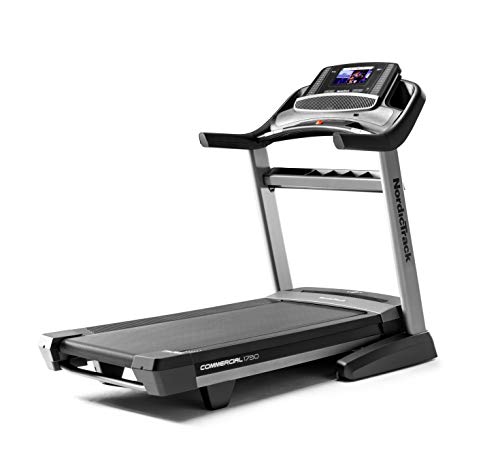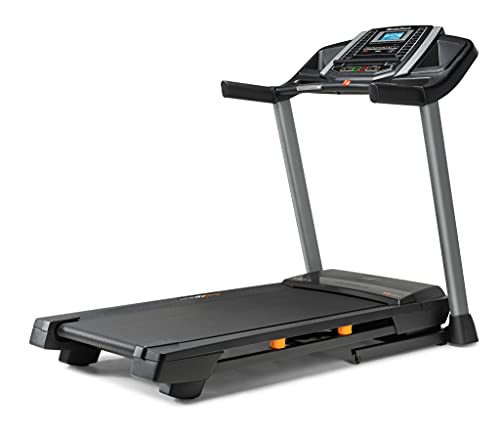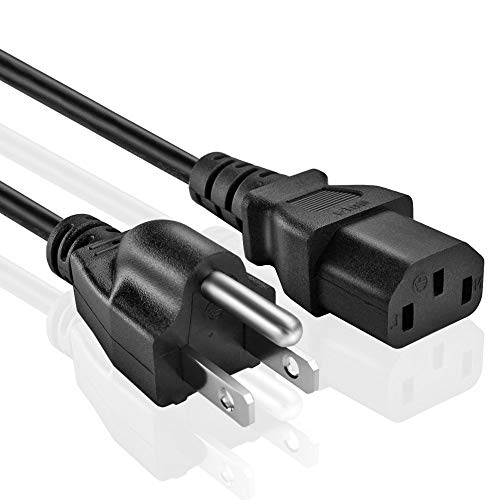Are you ready? Let’s go treadmill shopping!
Treadmills have become the hottest home exercise choice. According to the National Sporting Goods Association, treadmill sales in the 1990s have exceeded those of all other home exercise equipment.
It’s easy to understand why. Next to good shoes, a treadmill may be a runner’s best friend. Practically anything your training demands – hills, intervals, tempo, long distance, you can do on a treadmill.
And you can log those miles while watching Seinfeld or keeping an eye on your kids, without worrying about heat, cold, wind, ice, cars, darkness, potholes, mean dogs, or scary people.
Treadmill running also offers a specificity that cross-training activities can’t match. For instance, if you’re training for the Boston Marathon, you can hop on a treadmill and simulate the exact grade and speed of your charge up Heartbreak Hill.
And while you’re at it, according to a study published in the Journal of the American Medical Association, you’ll be burning more calories per hour than users of rowing machines, stair climbers, stationary bicycles, or cross-country ski machines.
Now let’s take your guide and go treadmill shopping. Before we set out, though, a word of caution: Treadmills are expensive, and they’re complex.
A bad buying decision could leave you with one more inactive exercise hulk languishing in that musty corner of your basement. So tread carefully as you follow our treadmill buyer’s guide.
Shopping
First off, remember this fact of treadmill shopping: You get what you pay for. A $1,000 treadmill may serve you well, but a $3,000 machine is likely to perform better for a longer time.
What are the most important considerations? These are what we consider should be included in our treadmill buyer’s guide:
- How important are the treadmill’s electronic features – readouts, programmable workouts, heart-rate training capability – to your satisfaction with the treadmill?
- Can the treadmill’s speed and incline ranges challenge you without the need to constantly run the machine at full power?
- How frequently are you going to use your treadmill? (A factor in how much money you can justify spending.)
- What’s the treadmill’s life expectancy, and what are the details of the warranty? How is repair service provided, and what routine maintenance are you expected to do?
Fine Print and Treadmill Tech
Following are some more specifics to absorb before you buy.
- How long should a home treadmill last? Retailers tell us the range is seven to 12 years, with 10 years about average. Of course, with proper care, some treadmills far exceed the average. With neglect, even the expensive ones die young. Dust is the primary early killer of treadmills, therefore once a week, take a dry cloth and wipe up any dust between the belt and deck. Also keep the floor around your treadmill clean and free of dust.
- What about the warranty? Generally, the longer the warranty, the higher the treadmill’s quality and price. We recommend a warranty of three years for parts and one year for labor, with dealer-provided in-home service for the first year. Most problems, if they occur at all, will crop up in the first 90 days. Mostly this will be relatively minor stuff, such as adjustment or replacement of a component.
- Other dealers suggest a minimum warranty of two years on parts and labor. Take note: A warranty can be voided if you haven’t kept up your end of the purchase agreement, which may include regular treadmill cleaning and lubricating, or scheduled servicing by your dealer.
- What’s the difference between a “home” treadmill and a “club” model? Manufacturers often separate treadmills into two categories: “home” or “residential,” and “club” or “commercial.” Good home treadmills are essentially smaller versions of club treadmills. “The high-end home treadmill can easily withstand regular daily use and features extensive programming options, often more than are found in the club treadmills. Club treadmills come with a superior warranty and a bigger motor that can take round-the-clock beatings. They also carry significantly higher price tags.
- What do horsepower ratings mean? Horsepower (h.p.) is a measure of motor power, and runners will want a 1.5 h.p. or higher “continuous duty” rating for their home treadmill, say most retailers. While higher ratings (2.0 h.p. or higher are common) do indicate a more powerful treadmill, your overall aim should be a machine that efficiently integrates the workings of the motor, belt, and deck to give you a steady ride, which some 1.5 h.p. treadmills accomplish.
- Continuous duty means that the treadmill will run at its listed h.p. rating with a significant workload over extended periods of time – an important consideration. Rusty Rainer of the Exercise Equipment of Nevada retail chain says consumers should be wary of manufacturers who list “peak-performance” h.p. ratings. “It sounds impressive, but all peak performance indicates is a motor’s maximum power, not its sustained output.”
- What’s the best belt size? To handle the long stride and natural side-to-side movement of runners, treadmill belts are expanding in width and length. Twenty-inch-wide belts are becoming common, and no belt should be narrower than 17 or 18 inches. The length of the running area should be at least 50 inches, with 55 to 60 inches preferable for taller runners.
- How important is the construction of the deck? Often overlooked by consumers (perhaps because it’s hidden beneath the belt) is the treadmill’s deck, or bed. Better-quality decks are usually made of thin layers of laminated wood, coated with lubricants to minimize friction between the belt and deck, which in turn reduces strain on the motor. The smoother the deck coating, the less friction between the belt and deck.
- Deck construction, more than the belt, influences how smooth or hard your treadmill feels to run on and how well it absorbs shock. You want a surface that gives a bit but doesn’t bounce.
- Better decks are reversible, meaning they can be turned over – thereby (in theory, at least) doubling the life of the deck. Some decks require owner maintenance without which they may succumb in a year. Proper care, however, can extend a deck’s life for the lifetime of the treadmill.
- AC or DC? Direct-current-driven (DC) motors power most home treadmills. DC motors start slowly, provide a more consistent response to speed, incline, and weight demands, and tend to run quieter than alternating-current (AC) motors. With DC, you’re dealing with fewer internal parts, which may cut down on repair.
- AC motors, which tend to be found in club treadmills, start the belt at a faster speed. But you should be safe plugging either an AC or a DC motor into your wall outlet at home.
A good home treadmill can cost up to $5,000 and will likely be the most expensive piece of exercise equipment you’ll ever buy. Why so much money to run in place? Companies that make the best treadmills install the highest grade of parts and components available, including expensive motors, safety and comfort features, and long-lasting decks. Your treadmill’s components have to be able to withstand a terrific beating – more than 1,000 foot strikes per mile of running. With the price of a high-end treadmill, you should get a machine that is absolutely durable, with a longer, more complete warranty that reflects its superior quality.
How low can you go? Generally, $1,000 is the line of demarcation between good and poor quality in a home treadmill. Below $1,000, you’re getting a ‘disposable’ treadmill, meaning if it breaks down, it’s not worth fixing. Most independent reports we’ve read and retailers we’ve talked to agree with the $1,000 cutoff.
Do your research – For most people, a treadmill is going to be an expensive purchase so when looking to buy a treadmill, try to treat the task as a research project and do your homework. Endeavor to gather as much information about the various models of treadmills that are available and what the various specifications and features mean and which you think that you will require.







